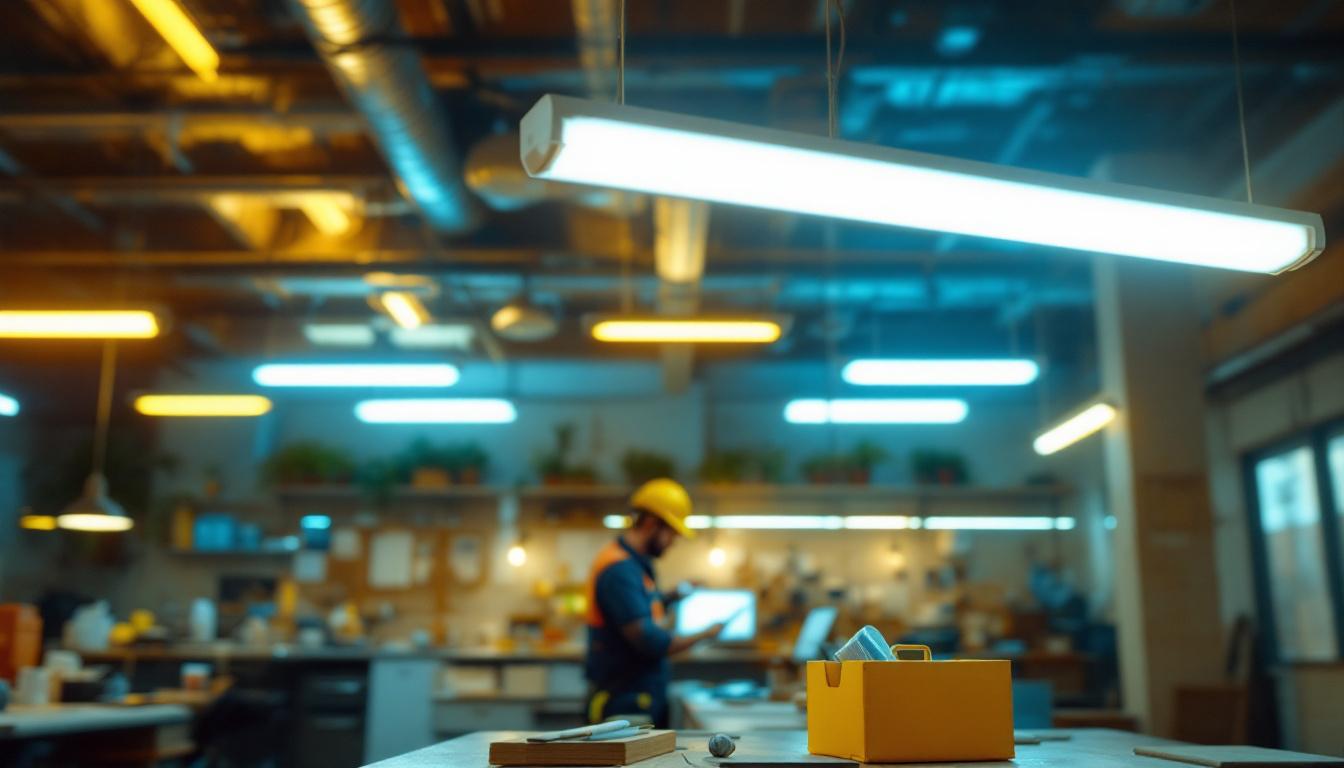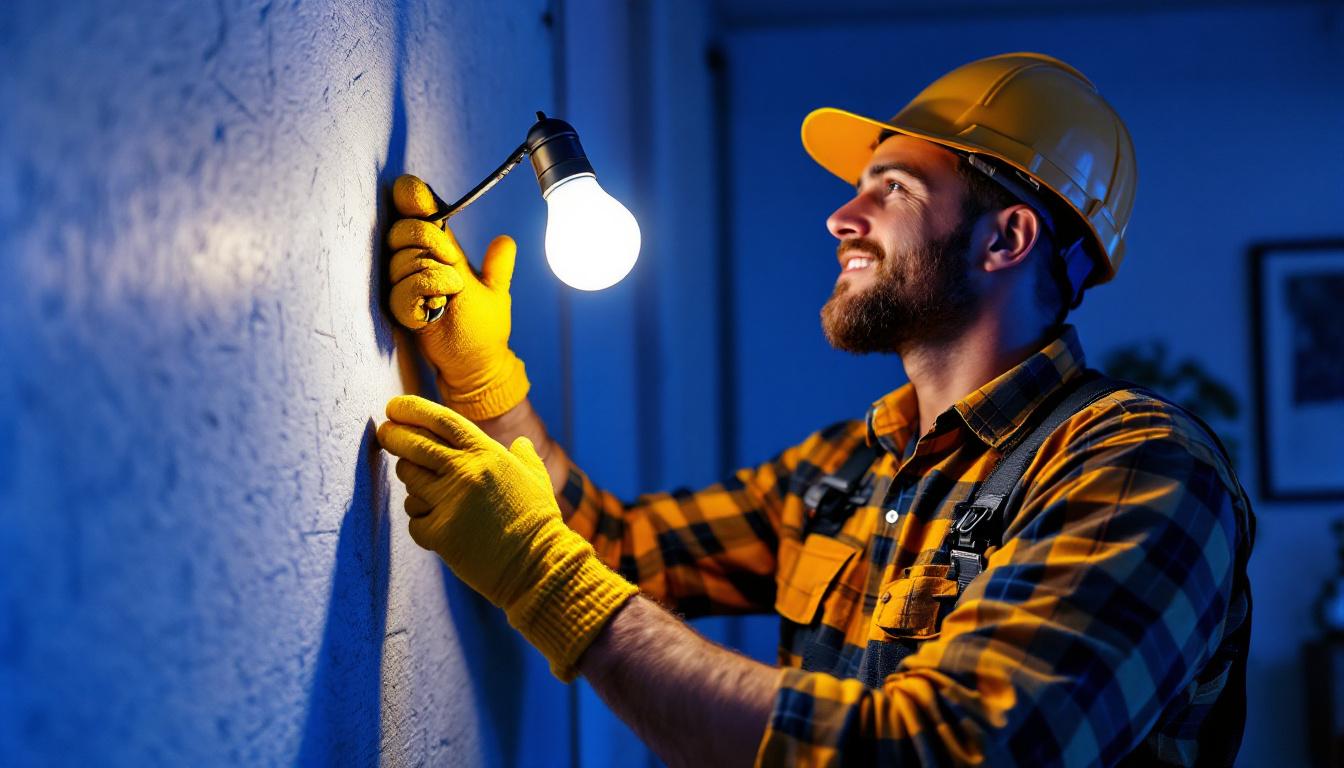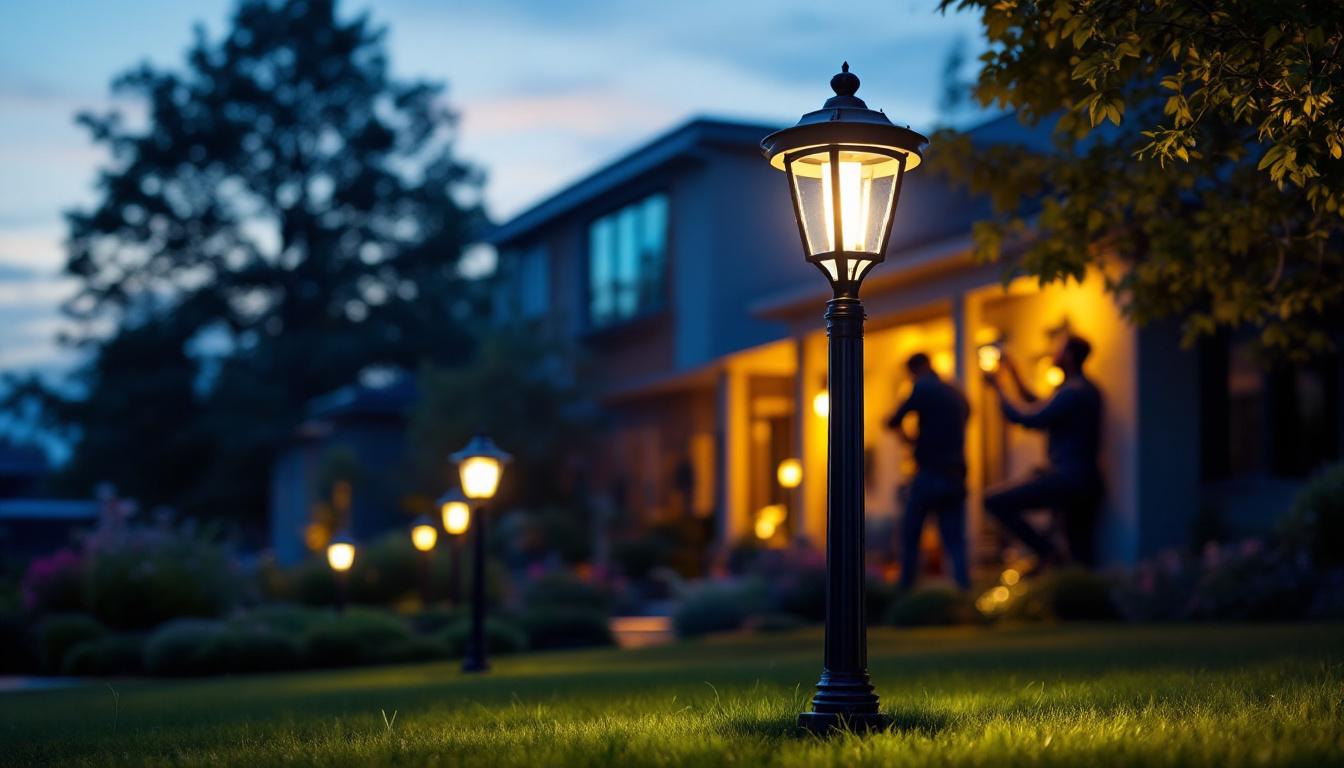
In the world of commercial and industrial lighting, T12 fluorescent lights have long been a staple for contractors. Despite the rise of newer technologies, such as LED lighting, T12 fixtures remain relevant in many applications. This article serves as a comprehensive guide for lighting contractors, highlighting essential resources to master T12 fluorescent lights, their applications, and best practices for installation and maintenance.
T12 fluorescent lights are characterized by their 12/8 inch diameter, making them one of the larger fluorescent tube options available. They typically operate on a magnetic ballast, which can contribute to their lower energy efficiency compared to newer lighting technologies. However, T12 lights are still favored in various settings due to their affordability and availability.
One of the primary features of T12 fluorescent lights is their ability to produce a significant amount of light while consuming relatively low power. They are available in various color temperatures, allowing contractors to choose the right hue for different applications. Additionally, T12 tubes can be found in both standard and high-output versions, providing flexibility in terms of brightness and energy consumption.
Another notable feature is their lifespan. While T12 fluorescent lights may not last as long as LED options, they still offer a decent operational life, typically ranging from 7,000 to 15,000 hours. This makes them a viable option for many commercial spaces, especially where initial costs are a primary concern. Furthermore, the warm-up time for T12 lights is relatively short, allowing them to reach full brightness quickly, which is particularly beneficial in environments that require immediate lighting upon activation.
T12 fluorescent lights are commonly used in various commercial and industrial settings. Warehouses, retail spaces, and manufacturing facilities often utilize these fixtures due to their ability to illuminate large areas effectively. They are also frequently found in offices, schools, and hospitals, where a bright, consistent light is necessary for productivity and safety.
Moreover, T12 lights are often used in conjunction with reflectors and diffusers to enhance light distribution, making them suitable for environments that require uniform lighting. Understanding these applications is crucial for contractors looking to optimize their lighting designs. In addition to traditional uses, T12 fluorescent lights are also employed in specialty applications such as horticulture, where specific light wavelengths are needed to promote plant growth. The adaptability of T12 fixtures allows them to be fitted with different types of bulbs, enabling users to customize their lighting solutions based on specific needs, whether for aesthetic or functional purposes. This versatility further solidifies T12 fluorescent lights as a staple in various sectors, despite the rise of more energy-efficient alternatives.
Installing T12 fluorescent lights requires a solid understanding of electrical systems and safety protocols. Proper installation not only ensures optimal performance but also extends the lifespan of the fixtures. Here are some best practices for contractors to consider.
Before beginning any installation, it is vital to prioritize safety. Contractors should always wear appropriate personal protective equipment (PPE) and ensure that the power is turned off at the circuit breaker. Familiarity with local electrical codes and regulations is also essential to avoid potential hazards and ensure compliance.
Additionally, using insulated tools and ensuring proper grounding can help prevent electrical shocks. Contractors should also be aware of the weight and handling requirements of T12 fixtures, particularly when installing them at height. It’s also advisable to have a spotter or an extra set of hands during the installation process, especially when maneuvering large fixtures or working on ladders. Proper training in ladder safety and fall protection can further mitigate risks associated with overhead installations.
The choice of ballast can significantly impact the performance of T12 fluorescent lights. Magnetic ballasts are traditional but can be less efficient, leading to higher energy costs. In contrast, electronic ballasts offer improved energy efficiency and can enhance the quality of light produced by the fixtures.
When selecting a ballast, contractors should consider the specific needs of the application, including the desired brightness and energy efficiency. Understanding the compatibility of ballasts with different T12 tubes is also crucial to ensure optimal performance. Moreover, the operating temperature and environmental conditions of the installation site can influence ballast selection. For instance, in areas with extreme temperatures, choosing a ballast designed for such conditions can prevent premature failure and ensure consistent lighting quality. Additionally, contractors should be aware of the potential for noise; electronic ballasts tend to operate more quietly than their magnetic counterparts, which can be a significant factor in environments like offices or libraries where noise levels must be kept to a minimum.
Regular maintenance is essential for ensuring the longevity and performance of T12 fluorescent lights. By implementing a proactive maintenance schedule, contractors can prevent common issues and ensure that lighting systems operate efficiently.
Conducting routine inspections is key to identifying potential issues before they become significant problems. Contractors should check for signs of wear and tear, such as flickering lights or dimming tubes, which can indicate that a replacement is necessary. Additionally, inspecting the ballasts for signs of overheating or damage can help prevent failures.
Cleaning the fixtures and surrounding areas is also important. Dust and debris can accumulate on the tubes and fixtures, reducing light output and efficiency. Regularly cleaning these components can help maintain optimal performance.
When issues arise with T12 fluorescent lights, troubleshooting can often identify the source of the problem. Common issues include flickering lights, which may indicate a failing ballast or a loose connection. In such cases, contractors should first check the wiring and connections before considering ballast replacement.
Another common issue is a complete failure of the light. If a tube does not light up at all, it may be necessary to replace the bulb or check the ballast for functionality. Understanding these troubleshooting techniques can save time and resources for contractors working on T12 systems.
While T12 fluorescent lights have been criticized for their energy efficiency compared to newer technologies, there are still ways to optimize their performance. Contractors should be aware of energy-saving strategies that can help reduce operational costs.
One effective strategy is to upgrade to high-efficiency T12 tubes. These tubes are designed to provide more light output while consuming less energy, making them a suitable option for contractors looking to enhance their lighting systems without a complete overhaul. High-efficiency tubes can often be used with existing fixtures, minimizing installation costs.
Additionally, pairing T12 fixtures with electronic ballasts can further improve energy efficiency. Electronic ballasts are designed to regulate the current flowing to the tubes more effectively, reducing energy consumption and extending the lifespan of the bulbs.
Another way to enhance energy efficiency is through the implementation of lighting controls. Occupancy sensors, timers, and dimmers can help reduce energy consumption by ensuring that lights are only on when needed. This is particularly useful in spaces that may not require constant lighting, such as conference rooms or storage areas.
By integrating these controls into T12 lighting systems, contractors can provide clients with solutions that not only save energy but also enhance the overall lighting experience.
The lighting industry is continually evolving, and staying informed about future trends is essential for contractors. While T12 fluorescent lights remain relevant, understanding emerging technologies and practices can help contractors remain competitive in the market.
As energy efficiency becomes increasingly important, many contractors are transitioning to LED lighting solutions. LEDs offer numerous advantages, including longer lifespans, lower energy consumption, and reduced maintenance costs. While T12 fluorescent lights may still have a place in certain applications, contractors should be prepared to educate clients about the benefits of LED technology.
Moreover, the availability of LED retrofit kits for T12 fixtures allows contractors to upgrade existing systems without complete replacements. This can be an attractive option for clients looking to improve energy efficiency while minimizing upfront costs.
Another trend gaining traction is the integration of smart lighting solutions. These systems allow for remote control, automation, and data collection, providing enhanced flexibility and efficiency. Contractors should familiarize themselves with smart lighting technologies and how they can be implemented in both new and existing T12 installations.
By embracing these trends, contractors can position themselves as knowledgeable professionals who are equipped to meet the evolving needs of their clients.
Mastering T12 fluorescent lights requires a comprehensive understanding of their features, applications, and best practices for installation and maintenance. By leveraging the resources and strategies outlined in this article, lighting contractors can enhance their expertise and provide clients with effective lighting solutions.
As the industry continues to evolve, staying informed about emerging technologies and trends will be crucial for contractors looking to remain competitive. Whether through upgrading to high-efficiency tubes, implementing lighting controls, or exploring LED options, there are numerous ways to optimize T12 lighting systems for energy efficiency and performance.
In an ever-changing landscape, the ability to adapt and innovate will define successful lighting contractors. By mastering T12 fluorescent lights and embracing new technologies, contractors can ensure they are well-equipped to meet the demands of their clients and the industry.
Ready to elevate your lighting projects with the best T12 fluorescent lights on the market? Look no further than LumenWholesale, where we provide contractors with exceptional, spec-grade lighting products at unbeatable wholesale prices. Say goodbye to local distributor markups and hello to our premium selection that meets the highest industry standards. With LumenWholesale, you can count on reliable, high-performance lighting solutions for every application. Plus, enjoy the convenience of bulk buying with free shipping, ensuring you get the best value without any hidden fees. Don’t compromise on quality or cost—visit LumenWholesale today and discover the perfect blend of quality, affordability, and convenience for all your lighting needs.

Discover the cost breakdown of pot lights with insights from professional lighting contractors.

Discover how gooseneck light fixtures can transform your lighting projects with their unique blend of style and functionality.

Discover why Type R bulbs are a game-changer for lighting contractors.

Discover how yard post lights can give lighting contractors a competitive edge in the industry.